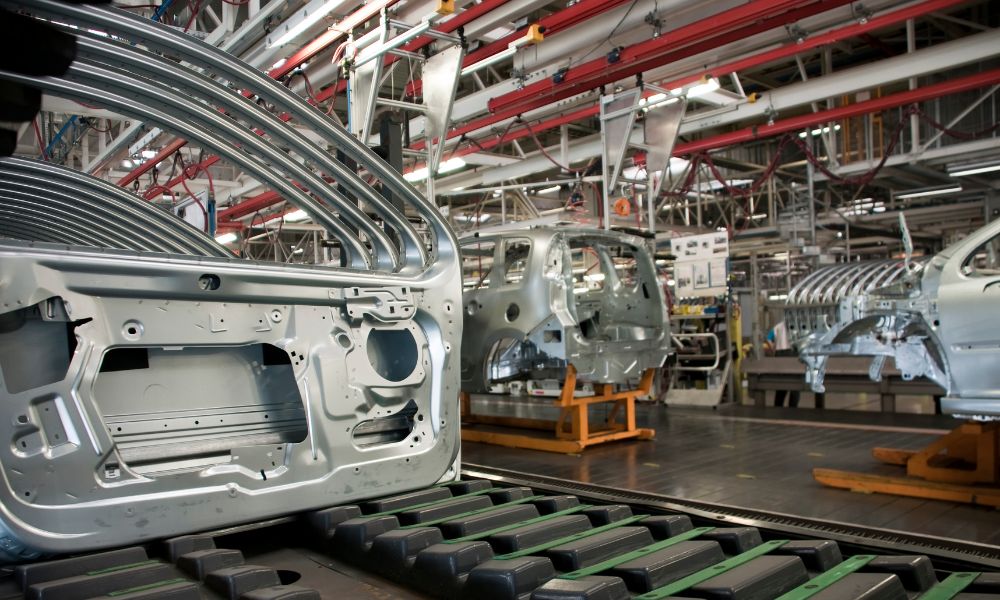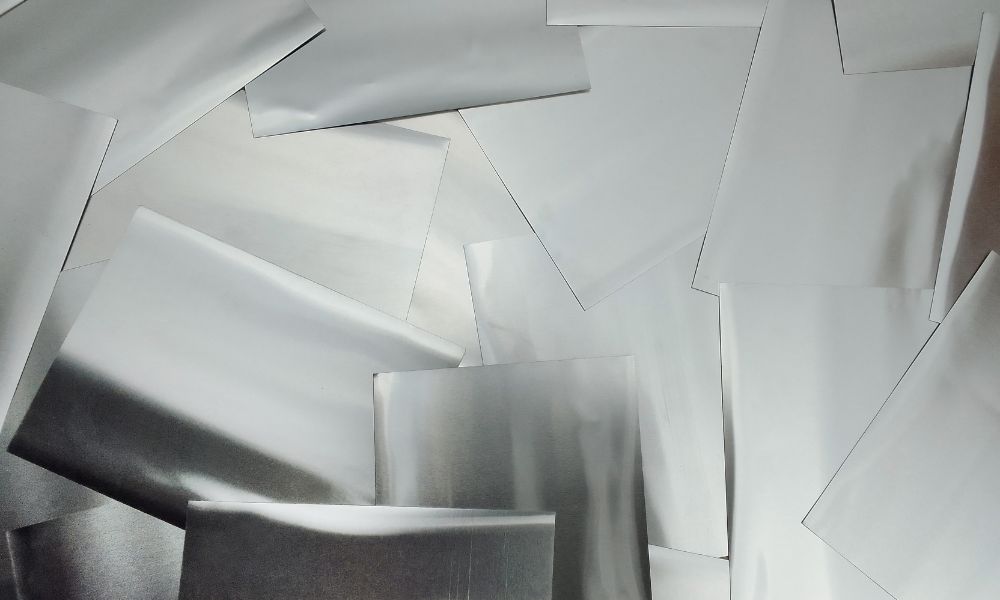Different Types of Steel Used in Automotive Manufacturing
Leave a Comment
To most people, cars are simply the machines that take them from point A to point B in a flash. The average consumer doesn’t understand the intricacies of vehicle manufacturing and what it takes to make cars perform at their best levels.
Fortunately, we can explain that cars are more than piles of metal and machinery; they are carefully constructed and contain many moving parts. Continue reading to learn about the different types of steel used in automotive manufacturing.
Stainless Steel
Let’s start with a fan favorite: stainless steel. This material is the James Bond of the steel world—sleek, corrosion-resistant, and incredibly durable. What stands out is the minimum of 10.5 percent chromium content, giving it that desirable resistance to rust and staining. You’ll find stainless steel strutting its stuff in exhaust systems and decorative trims, bringing functionality and a touch of class to your ride.
High-Carbon Steel
Next, we have high-carbon steel, the Hercules of the steel family. This type of steel is all about strength and hardness, thanks to its higher carbon content. It’s the go-to material for parts that must endure significant stress, like gears and shafts. Remember, with great strength comes less ductility, so this steel can be tough to shape and weld.
Low-Carbon Steel
On the other side of the spectrum, we have low-carbon steel; think of this material as the friendly neighbor in the steel community. It’s easy to weld and shape, making it a popular choice for large body panels and structural components. And its low carbon content means it’s more ductile and less strong than high-carbon steel, making it perfect for parts where manufacturers need flexibility and malleability.
Advanced High-Strength Steel
Moving on to the superhero in our lineup: advanced high-strength steel. This steel is like the high-tech armor of the automotive world. Manufacturers love this material because of its exceptional strength and lightweight feel.
Advanced high-strength steel is a big win for fuel efficiency and safety. It is also a game changer in the industry, enabling manufacturers to meet stricter safety and environmental regulations without compromising performance.
Galvanized Steel
Finally, we have galvanized steel, an important type of steel used in auto manufacturing. Galvanized steel is regular steel coated with a layer of zinc to prevent rust. You’ll often find this trusty material in parts that must endure harsh elements. Thanks to galvanization, your car can brave rain, snow, and salty roads without turning into a rust bucket.
Each type of steel used during auto production has unique strengths, and these materials can help make your car safe, efficient, and ready to face challenges on the road. Many of these steel types come in sheets from a specialized stainless steel sheet manufacturer like Thin Metal Sales. Contact us today for materials that will help maintain the quality and durability of your car’s construction.
Sheet Metal vs. Plate Metal: Which To Choose?
Leave a Comment
In the world of metals, people go back and forth on whether to use sheet metal or plate metal. This can make it difficult to decide on the one you should use. But fear not! Our team at Thin Metal Sales will help you navigate the debate between sheet metal vs. plate metal and decide which to choose for your next project.
What Is Sheet Metal?
In its simplest form, sheet metal is metal that’s in thin and flat pieces. It’s the chameleon of the metal world. It’s versatile and adaptable, often seeing use in various industries, from automotive to construction. You’ve probably encountered it in your car, your home’s ductwork, or that quirky metal art piece you bought last summer.
What Is Plate Metal?
Plate metal is the burlier cousin of sheet metal. It’s thicker than sheet metal and is often the go-to choice for heavy-duty applications. You’ll see it in structures that demand high strength, such as bridges and skyscrapers. It’s the unsung hero holding up the fort (or in this case, the building).
The Difference Between the Two
Now for the main question: what sets these two apart? A metal sheet is like your favorite slice of pizza—thin and flexible. Plate metal, on the other hand, is like a thick, hearty slab of meatloaf. It’s substantial and robust. The difference in thickness dictates their strength and flexibility and guides their use in various applications.
When To Use Sheet Metal vs. Plate Metal
Choosing between sheet and plate metal depends on your project’s requirements. Need something light but sturdy for intricate designs? Sheet metal is your best bet. It’s perfect for detailed work, where flexibility and easy shaping are crucial.
However, if your project is about strength and durability, plate metal takes center stage. Its thickness makes it ideal for heavy-duty structures where support and stability are non-negotiable.
And there you have it, that’s our breakdown of the battle over sheet metal vs. plate metal and which to choose. Whether you’re building a skyscraper or crafting a custom piece, the choice boils down to your project’s needs. As we wrap up, remember that Thin Metal Sales offers custom sheet metal for sale.
We’ll help your team embark on its next manufacturing or construction project and provide the best metal sheets for the task. We hope your future endeavors are as strong and reliable as your selected materials!

